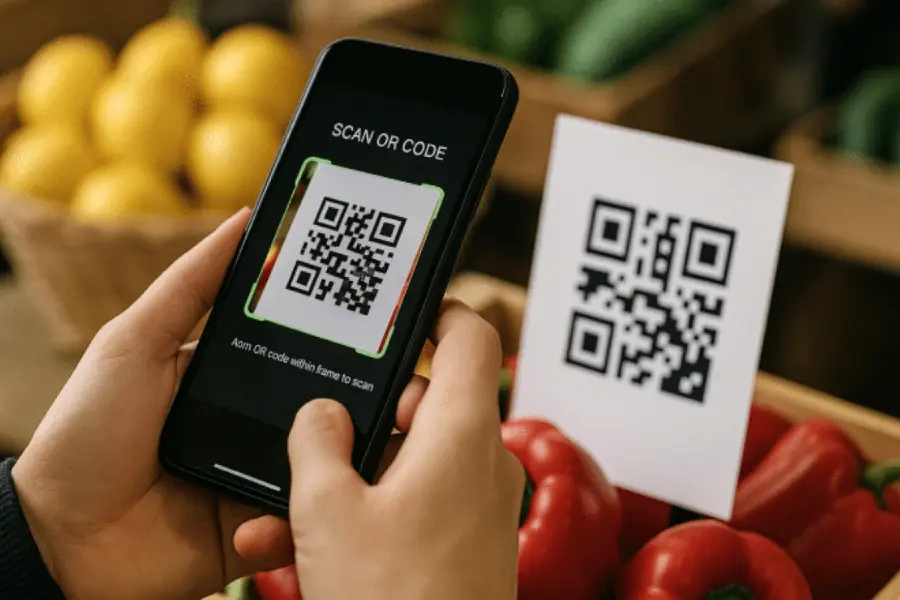What is a QR Code Reader and How Does It Work?
Published on

The Brain Behind the Scan: Your QR Code Reader
You point your phone at a QR code, and like magic, a website opens, a contact is saved, or a Wi-Fi network connects. But have you ever wondered what happens in that split second? The magic isn't in the code itself, but in the sophisticated software that interprets it: the QR code reader. So, what is a QR code reader? It's a powerful application that uses your phone's camera and processing power to see, decode, and act upon the data stored in a QR code.
This article will demystify the technology, explaining how this everyday tool performs its remarkable feat of digital translation.
From Camera to Content: The Step-by-Step Process
When you scan a QR code, the reader executes a complex process in milliseconds. Here's a breakdown of how it works:
Step 1: Image Capture and Pre-Processing
Your phone's camera captures a raw image of the QR code. The reader's first job is to clean up this image. It corrects for distortion, adjusts the brightness and contrast, and converts it to a grayscale image to make the next steps easier. It's essentially turning the picture into a clear black-and-white blueprint.
Step 2: Locating and Aligning the Code
This is where the three distinctive finder patterns (the big squares in three corners) become crucial. The algorithm scans the image looking for this specific pattern. Once it finds these three markers, it knows it has a QR code in its viewfinder. The alignment pattern (the smaller square) helps the reader correct for any skew or tilt, ensuring the code is interpreted correctly even if it's curved or scanned at an angle.
Step 3: Mapping the Grid and Reading the Timing Pattern
Using the finder patterns as anchors, the reader constructs a virtual grid over the entire code. The L-shaped timing pattern (the alternating black and white squares between the finders) helps it determine the size of this grid and the location of every single data module within it.
Step 4: Decoding the Data
Now the reader "reads" the grid, one module at a time. It interprets black modules as 1s and white modules as 0s, converting the visual pattern back into binary data. This binary string contains the encoded information, as well as the error correction data.
Step 5: Error Correction
Before delivering the final message, the reader uses the Reed-Solomon error correction data (which was stored alongside the main data) to check for and fix any errors. This is why a QR code can still work even if it's partially dirty or obscured. The reader mathematically reconstructs the missing or damaged parts of the message.
Step 6: Interpreting and Executing the Action
The final binary data is parsed. The reader identifies the encoding mode (e.g., "this is a URL") and converts the binary into the final output—the actual web address, text, or other data. Finally, it triggers the corresponding action on your phone: opening the browser, saving a contact, or connecting to a Wi-Fi network.
Native Camera vs. Dedicated Scanner Apps
Most modern smartphones have a QR code reader built directly into their native camera app. This is the most convenient option as it requires no extra downloads. Dedicated scanner apps, which were necessary years ago, still exist and sometimes offer advanced features like scan history, batch scanning, or enhanced security checks for URLs.
Conclusion: A Masterpiece of Efficient Engineering
So, what is a QR code reader? It's a brilliantly engineered piece of software that performs optical character recognition, advanced pattern detection, and mathematical error correction in the blink of an eye. The next time you scan a code, you can appreciate the sophisticated technology working behind the scenes to connect you to information instantly.
Now that you know how to read them, are you ready to create your own? Head over to QRDesigner.com to generate your first QR code and see the process from the other side!
